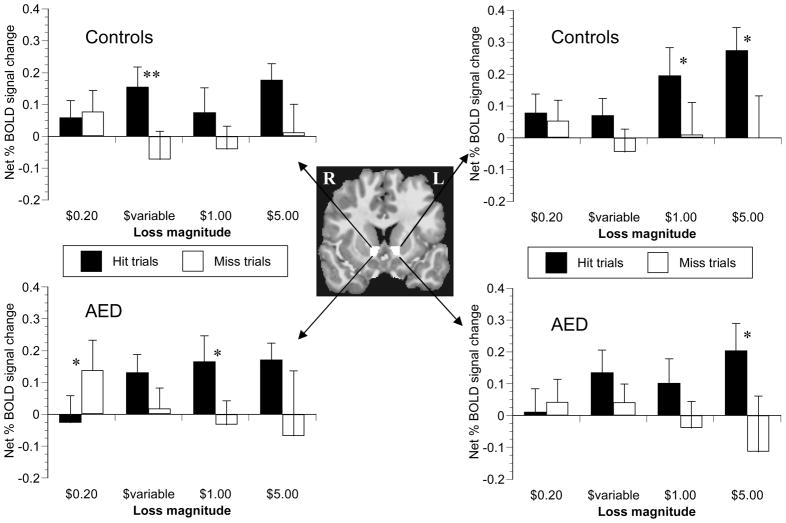Figure 5. Loss-avoidance cue-elicited peak signal change in nucleus accumbens VOI.
Trial-type-averaged time series data were extracted from a mask custom-drawn for each subject in the nucleus accumbens (NAcc; center). Peak anticipatory signal occurred 6 s after cue presentation. NAcc recruitment did not increase with incentive magnitude in either controls (upper-most graphs) or in adolescents with an externalizing disorder (AED; lower graphs). Analysis of variance across all trial magnitudes indicated that signal change was significantly blunted in trials when the subject did not hit the target (empty bars) relative to successful trials (solid bars)(ANOVA p < .01). There were no main or interactive effects of subject group on loss-anticipatory peak NAcc signal change. * denotes p <.10 and ** denotes p < .05 per simple-effect two-tailed paired t-test.

